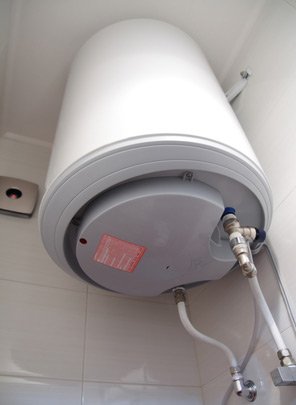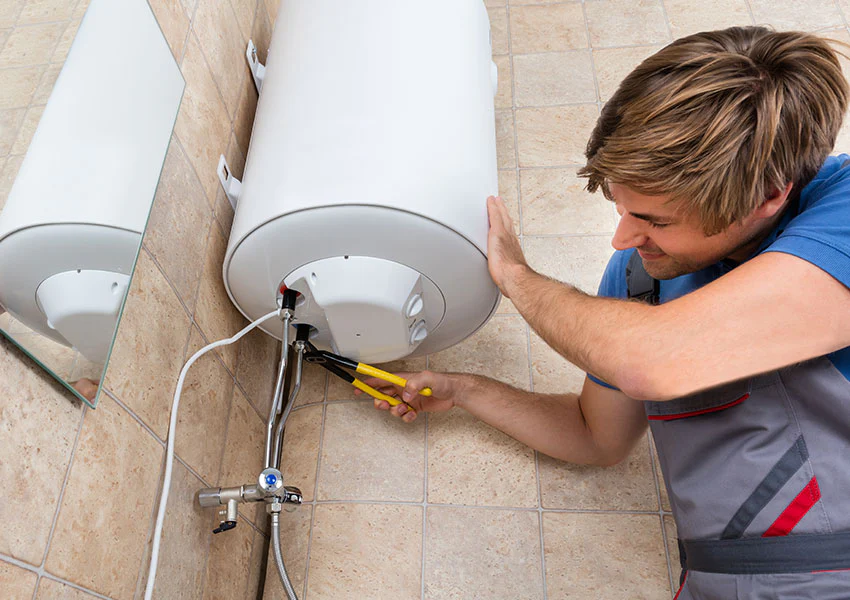Are you on the lookout for suggestions around Tips For Maintaining Your Hot Water Heater?

Hot water is necessary for everyday comfort, whether it's for a revitalizing shower or washing dishes. To guarantee your warm water system runs efficiently and lasts longer, normal upkeep is key. This write-up supplies practical tips and understandings on exactly how to maintain your home's hot water system to prevent interruptions and expensive repairs.
Introduction
Preserving your home's warm water system may appear difficult, however with a few simple steps, you can ensure it runs smoothly for years ahead. This guide covers everything from understanding your hot water system to do it yourself upkeep pointers and recognizing when to hire specialist aid.
Importance of Preserving Your Hot Water System
Routine maintenance not only prolongs the lifespan of your warm water system but additionally guarantees it runs successfully. Neglecting maintenance can result in decreased effectiveness, higher energy bills, and also early failing of the system.
Signs Your Warm Water System Demands Upkeep
Understanding when your hot water system needs interest can avoid major issues. Keep an eye out for signs such as irregular water temperature level, odd sounds from the heating system, or rustic water.
Understanding Your Warm Water System
Prior to diving into upkeep tasks, it's helpful to understand the fundamental parts of your hot water system. Normally, this includes the water heater itself, pipes, anode rods, and temperature controls.
Month-to-month Maintenance Tasks
Normal month-to-month checks can assist catch small concerns before they intensify.
Purging the Hot Water Heater
Flushing your hot water heater eliminates debris accumulation, improving performance and prolonging its life.
Checking and Changing Anode Rods
Anode rods prevent deterioration inside the container. Inspecting and changing them when broken is important.
Evaluating and Readjusting Temperature Setups
Adjusting the temperature level setups guarantees optimum performance and safety and security.
Do It Yourself Tips for Upkeep
You can carry out numerous maintenance tasks on your own to maintain your hot water system in top condition.
Checking for Leaks
On a regular basis evaluate pipelines and connections for leakages, as these can cause water damages and higher bills.
Testing Pressure Alleviation Valves
Checking the stress safety valve guarantees it works correctly and prevents too much stress accumulation.
Shielding Pipelines
Protecting hot water pipes lowers warmth loss and can save power.
When to Call a Professional
While DIY upkeep is helpful, some problems require professional expertise.
Complex Concerns Needing Professional Aid
Instances include significant leaks, electric issues, or if your water heater is continually underperforming.
Regular Professional Upkeep Perks
Professional maintenance can consist of complete evaluations, tune-ups, and ensuring conformity with safety criteria.
Verdict
Regular upkeep of your home's hot water system is crucial for effectiveness, longevity, and expense savings. By adhering to these suggestions and recognizing when to seek specialist assistance, you can make certain a trustworthy supply of hot water without unexpected interruptions.
Water Heater Maintenance Tips
Test the TPR Valve
Shut off the power and the cold-water supply valve. Place a bucket under the pipe connected to the temperature-pressure-release (TPR) valve on the top or side of the tank. (This valve opens if the tank pressure gets too high.) Lift the valve’s tab to let some water out, then let go. If water keeps flowing, drain the tank partway, unscrew the old valve with a pipe wrench, and install a new one. Check the Anode Rod
Put a hose to the tank’s drain cock and let out a few gallons of water. Now fit a 1 1/16-inch socket onto the rod’s hex head on top of the heater (or under its top plate) and unscrew the rod. If it’s less than ½ inch thick or coated with calcium, buy a new one, wrap its threads with Teflon tape, put it back in the tank, and tighten securely. Use this segmented rod if headroom above the tank is limited. Drain the Tank and Wash Out Sediment
Drain the remaining water in the tank into the bucket, then stir up the sediment on the tank’s bottom by briefly opening the cold-water supply valve. Drain and repeat until clean water comes out of the hose. Close the drain cock, refill the tank, and turn its power back on. Adjust the Temperature
Find the temperature dial on the side of the tank and unscrew its cover. Adjust the dial to 120 degrees using a flathead screwdriver. For every 10 degrees the temperature is lowered, you can expect to save up to 5 percent in energy costs. Turn the water heater off or the thermostat down to its lowest setting if you plan to be away from home for more than three days. Insulate the Pipes
Buy some self-sticking 3/8-inch-thick foam pipe insulation that matches the pipes’ diameter. Slide the foam over the hot-and cold-water pipes as far as you can reach. Insulating the cold-water pipe prevents condensation in summer. Peel the tape and squeeze the insulation closed. If the pipe is 6 inches or less from the flue, cover it with 1-inch-thick unfaced fiberglass pipe wrap. https://www.thisoldhouse.com/plumbing/21016402/how-to-maintain-a-water-heater

Do you appreciate reading up on Tips For Maintaining Your Hot Water Heater? Write a remark down the page. We will be delighted to see your responses about this blog. In hopes that you visit us again in the near future. Liked our entry? Please quickly share it. Help someone else locate it. Thank-you for taking the time to read it.
Hire A Pro